
For Vito Simplicio, music is a way to fight entropy.
Defined as the gradual decline into disorder, entropy is a part of aging. Mental faculties degrade. Bodies weaken.
But Simplicio, 75, a resident of Rancho El Dorado, fights the process with finger-picking gusto. The former clinical psychologist and retired sales executive is a self-described “amateur guitarist” who plays classical guitar.
A musician since he was 14, growing up in the South Bay area of Los Angeles, he played lead guitar for a well-known surf band in the early 1960s. Earlier this year, he self-published a CD of original compositions.
“Most people think I’m more like in my middle 60s,” he said. “I’ve always been that way, and so fighting entropy is a really big deal to me. It’s kind of what drives me. Even younger people sometimes, they stop learning, they stop growing. I’m going to keep going as long as I’m on this planet. I’m going to grow. I’m going to learn.
“And that’s what I’ve loved about the guitar. Even today I’m learning new pieces. I have all these songs that I’m learning, and I can remember them all because I practice them and play them.”
JOINING A SURF BAND
Simplicio’s adventures in music began in the late 1950s.
As a seventh grader, he was prodded into music by his father, an accomplished saxophonist who entertained diners at the family’s Italian restaurant in Redondo Beach, California. At his father’s urging, he tried to play his older sister’s accordion after she had given it up. But it was nearly as big as him. That led his father to suggest guitar. That sounded good to young Vito.
He had some early traditional lessons in reading music but found it boring. He wanted to quit. But his father tried a different tack, getting Vito with a guitar teacher who taught him how to play chords. Soon, he was strumming to his older brother’s drumming, backing up his father at the restaurant.
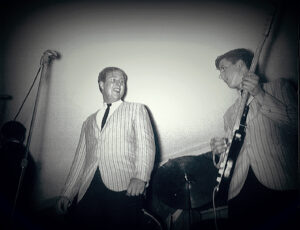
He developed a repertoire and was invited to audition for The Revelairs, a surf band, as lead guitarist. Just 15, he was more talented than their lead guitarist, who was sick with mononucleosis with big gigs coming up, but it was no slam dunk.
“When I was growing up in the ‘60s there were basically two types of kids: surfers and hodads,” he recalled. “Anybody from Southern California is going to know what that means. A hodad is not a surfer. He doesn’t have the parted hair. He doesn’t have that whole surfer look. He looks more like a greaser, like John Travolta in ‘Grease.’”
“I didn’t consider myself a hodad,” he said. “I wasn’t a surfer. I was just Vito.”
Despite his pompadour — and the concerns about a lack of surfer cred — he was invited to join the band and played with them for several years.
Linda Barbour, who attended high school with Simplicio, remembers him as a “very sweet guy. I always liked him. He had a great sense of humor.”
In 1965 the band broke up and he joined the Army a year later, losing interest in the guitar for years.
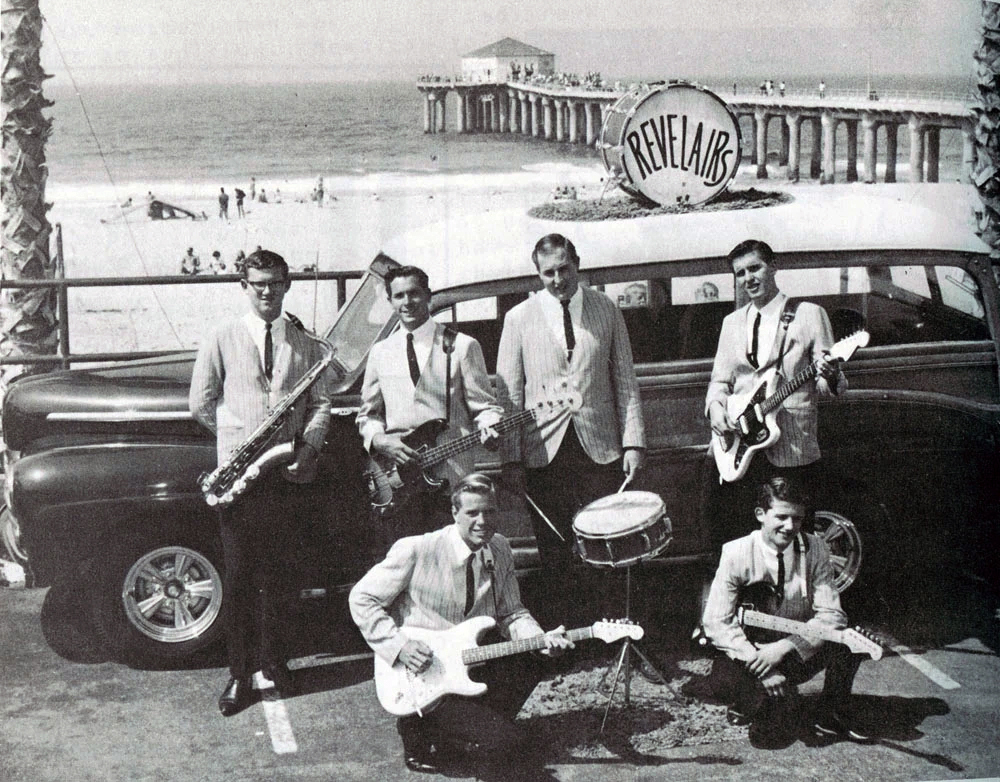
SWITCHING TO SOLO
As Simplicio got older and he was traveling with work, he picked up the guitar again, but the thought of putting together a band didn’t seem to make sense. Playing as a soloist — and not having to rely on other people — seemed more agreeable. In 1978, he took a six-month camping trip around the United States and thought he would use his time around the fire to teach himself how to finger-pick the guitar.
“I’m a pretty intense guy. I like to keep moving,” he recalled. “I was a little worried about traveling on my own and not having enough to do, so I thought this is a great opportunity to learn how to play, how to become a soloist.”
Before the trip, he said, he took three or four classical guitar lessons, using a steel-string acoustic guitar. After telling his instructor he was done with lessons, he said he wanted to get a good classical guitar.
“He and I went to a music store in Long Beach, California in 1977, and there were like 60 classical guitars on the wall and we went through every one of them,” he remembered. “We chose a Takamine guitar. Not an expensive guitar, it’s considered more like a student guitar. After Coral (his wife), that’s my next big lover.”
His Takamine has nylon strings, which create warmer, softer sound than metal strings. He has a couple of other guitars, but it remains his favorite. As a finger picker, he plucks a melody and at the same time plays bass with his thumb while using his middle fingers to play chords. Unlike a typical band, with a lead guitar player hitting single notes and somebody else playing rhythm, Simplicio does it all himself.
“If you listen to my music, none of it’s been redubbed,” he said. “That’s all me playing at one time.”
He again became inspired to play classical guitar, but this time he abandoned the idea of playing classical music and started pursuing other fingerpicking styles but always on the classical guitar.
About 20 years ago, he started to compose songs out of the blue. “I started composing music for the first time,” he said. “It was not my intent; creativity just oozed out of me.”
Simplicio uses a software program that enables him to input the notes while he plays them. That converts his musical notes into MIDI, or Musical Instrument Digital Interface, a protocol that allows for easy, note-by-note editing of his music.
“I’ll start scoring and memorializing it. Then I’ll listen to the MIDI and go, ‘Oh wait, that’s not exactly right.’ With the software program, I end up transposing what I learn on my own and I put it into music.”
PRESERVING MUSIC AND LEGACY
Simplicio’s road to Maricopa was a long, zigzag route.
From 1966 to 1969 he spent three years in Berlin in the Army, then returned to California to get his master’s degree in clinical psychology. He moved to Sandpoint, Idaho, where he lived about seven years, went through a divorce and again put down his guitar.
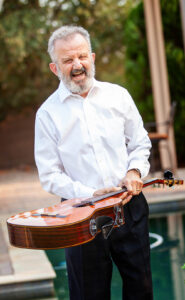
In the mid-1980s, he moved to Orlando, where the arts brought his wife and him together. (They met at a club social.) After marrying a few years later, a series of promotions for Simplicio took the couple cross-state to Tampa, north to Virginia and west to Las Vegas. Another promotion took them back east to Raleigh, North Carolina, before they landed in Scottsdale in 2005 for another position.
By the time they moved to Maricopa in 2012, Simplicio was playing again. As he retired in June 2020, he was thinking about his own legacy and his desire and determination to have people hear his music. After all, he’d long had regrets about his dad’s music never being preserved.

At Coral’s urging, and with her assistance, he went into a Tempe studio to record 21 original compositions. The CD, titled “It’s Never Too Late,” came out in March. The couple collaborated on the project, including post-recording work and a CD case created by Coral, an artist in her own right who works primarily with fused glass.
“Music has been my little secret,” Vito said. “I just want people to hear my music. “It’s chill music and I’m hearing that a lot.”
Bill Humphrey, founding member and drummer of The Revelairs, said he, too, encouraged Simplicio to record his music, something Humphrey has done with his own work.
“I almost dared him to do it,” Humphrey said, noting he told his friend, “’You have to go in the studio and put that stuff down, man. Even if just for yourself and your family.’
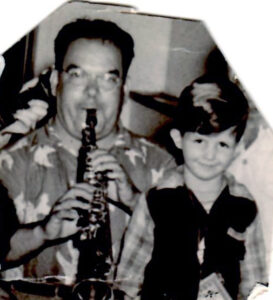
“It just came out great. I’m just so proud of him.”
Humphrey, who still lives in the South Bay area, plans to join Simplicio in the studio soon to record something together.
Keith Barbour, husband of Linda and a member of the New Christie Minstrels folk group, who later had a solo 1969 hit with “Echo Park,” called Simplicio’s music “beautiful and calming.”
“The tonality of that CD is astounding,” he said. “He writes wonderful melodies.” But the music is only half the story for Simplicio. “To me the compelling story is that I did all of this at a very old age,” he said. “So, the message is, if you’re out there and you’re older and you’re retired, just keep going, follow your dreams.” “I don’t care how old you are, it’s never too late.”
To purchase the CD, visit VitoSimplicio.com or Amazon.com.
THE REVELAIRS VS. BEACH BOYS
Vito Simplicio played with The Revelairs, one of the most prominent instrumental surf bands in the early 1960s. But the wave of popularity crested in 1964 — until Quentin Tarantino’s 1994 film “Pulp Fiction,” with its heavy surf music sound, ignited a resurgence of the genre.
In fact, The Revelairs were well-represented on a 1995 compilation CD called “Rare Surf 2.” Eight of the band’s songs appeared, including “Dark Eyes” and “Riding High.” The CD earned positive comments in Billboard magazine.
“It’s a great history,” Simplicio said, drawing a distinction between instrumental surf and vocal surf, a later form popularized by one of the biggest bands in history.
“Guys like The Beach Boys were not surfers, they were pop singers,” he explained. “They did a beautiful job with their harmonies and stuff, but my guys were like, ‘That’s not surf music.’”
VITO SIMPLICIO
Occupation: Retired sales professional, Woodside Homes
Maricopan since: 2012
Community: Rancho El Dorado
Family: Coral, wife of 33 years, and son Gino, 27
Favorite guitarist: “Tommy Emmanuel, in my estimation, is probably the best guitar player living. His performances will just knock your socks off. He’s a fingerpicker who plays a steel string guitar, but he’s just incredible.”
Favorite non-musical activity: “I love to cook. I’m a big stir fry guy. I’m the guy that goes to the refrigerator and goes, ‘OK, we’ve got to eat the stuff up before it goes bad’ and I just throw it all together.”
Fun fact: Unable to grow fingernails anymore on his playing fingers, he wears acrylic tips to be able to finger-pick his guitar.
This story appears in the July issue of InMaricopa magazine.

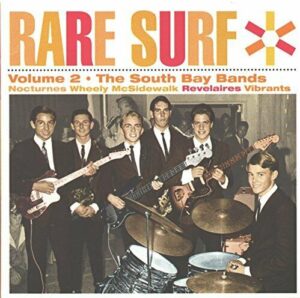


![Shred-A-Thon to take place tomorrow An image of shredded paper. [Pixabay]](https://www.inmaricopa.com/wp-content/uploads/2024/03/shredded-paper-168650_1280-218x150.jpg)


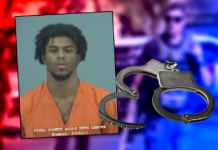









![Shred-A-Thon to take place tomorrow An image of shredded paper. [Pixabay]](https://www.inmaricopa.com/wp-content/uploads/2024/03/shredded-paper-168650_1280-100x70.jpg)
